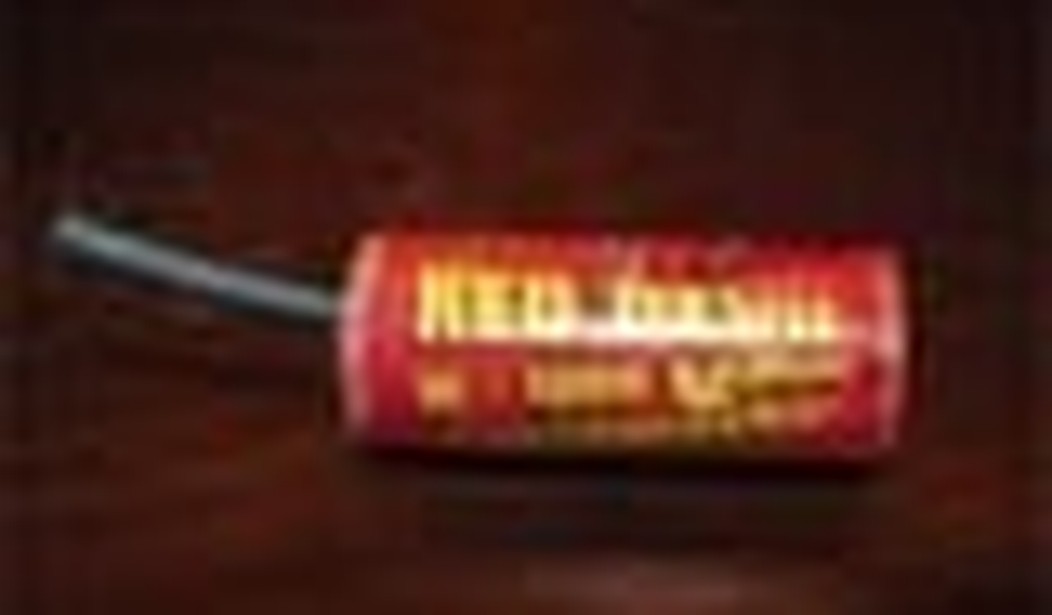On May 25, North Korea detonated another nuclear device. The MSM claimed that the blast equaled the Hiroshima or Nagasaki bomb. Many worried that nuclear war with Korea was imminent. Russia put its troops in the Far East on alert.
Relax. The latest North Korean nuke was a dud, just like the one they exploded on October 9, 2006.
A nuclear bomb tested underground resembles an earthquake in many ways, and the yield of the nuclear explosion can be determined by the magnitude of the quake on the Richter scale. The MSM reports were based on Russian seismic stations, and these usually report higher magnitude than other observers. I always wait for the report of the Comprehensive Nuclear Test-Ban Treaty Organization, which includes not only the Russian data, but also the observations of earthquake observatories throughout the world — 61 seismic stations recorded the latest North Korean blast. Since the CTBTO combines all the world’s observations, it is the most reliable source of nuclear blast magnitudes.
They report that the latest North Korean nuclear bomb measured 4.53 on the Richer scale, whereas the 2006 bomb was 4.1. This means that the latest explosion was indeed more powerful than the 2006 blast, but not enormously so.
Converting measured earthquake magnitude to explosive yield depends on knowledge of the geology of the test site, which, not surprisingly, the North Koreans have not provided. But we can make some educated estimates. In my judgment, the May 25 bomb was about 3.5 times as powerful as the 2006 device. The general expert opinion, which I share, was that the 2006 bomb had a yield between 0.1 and 0.8 kilotons, so the most recent explosion was between 0.4 and 2.8 kilotons. (My own guess is on the lower end of this range.) Yale geologist Jeffrey Park has reached a similar conclusion.
In other words, both bombs were much less powerful than the Hiroshima bomb, an enriched uranium bomb that had a yield of 15 kilotons, and also less powerful than the Nagasaki bomb, a plutonium bomb that had a yield of 21 kilotons. In the terminology of nuclear weapons designers, both North Korean nuclear tests were “fizzles.”
The fact that both tests were fizzles has three important implications. First, both tests were tests of a plutonium bomb. Second, it is highly unlikely that the Iranians had anything to do with either test. Third, it is highly unlikely that the North Koreans have developed the technology for enriching uranium to weapons grade.
Enriched uranium nuclear bombs are technically much simpler to construct than plutonium bombs, once one has overcome the enormous difficulty of enriching natural uranium to weapons grade. The enriched uranium Hiroshima bomb design was so simple that the U.S. did not even bother to test it before it was dropped on Hiroshima. Such bombs rarely fizzle.
There were so many uncertainties with the design of the U.S. plutonium bomb that it was tested in Nevada (the Trinity test) before it was dropped on Nagasaki. If a test is a fizzle, it is almost certainly a test of a plutonium bomb.
The Iranians have announced that they have constructed thousands of centrifuges to enrich uranium, whereas they have as yet no operational nuclear reactors which are capable of manufacturing plutonium. Plutonium in the amounts needed for a nuclear bomb can be created only in a nuclear reactor. So the Iranians have decided to go the uranium bomb route, at least in the short run.
The North Koreans have a 50-megawatt graphite moderated nuclear reactor which is fully capable of creating plutonium of isotope 239 from the 238 uranium isotope in the reactor’s core. The North Koreans are not known to have centrifuges. Plutonium-239 is the isotope one wants for a nuclear bomb. However, if the plutonium is exposed to neutrons in the core too long, much of the plutonium-239 will become plutonium-240, an isotope which has a tendency to spontaneously fission. This means that too much plutonium-240 in a bomb will set off the explosion too early — the bomb will fizzle. Weapons-grade plutonium is thus plutonium which is 93% or more of plutonium-239.
It is possible that the North Koreans left their plutonium too long in the reactor, but more likely that they are having problems shaping their plutonium into a bomb. Plutonium has properties unlike any other element, and our designers had no end of trouble manipulating it into just the right form for a bomb.
I imagine that the North Koreans are still at least a few years away from actually having a nuke comparable to the weapons we used on Japan, to say nothing of the far more powerful thermonuclear device.









Join the conversation as a VIP Member